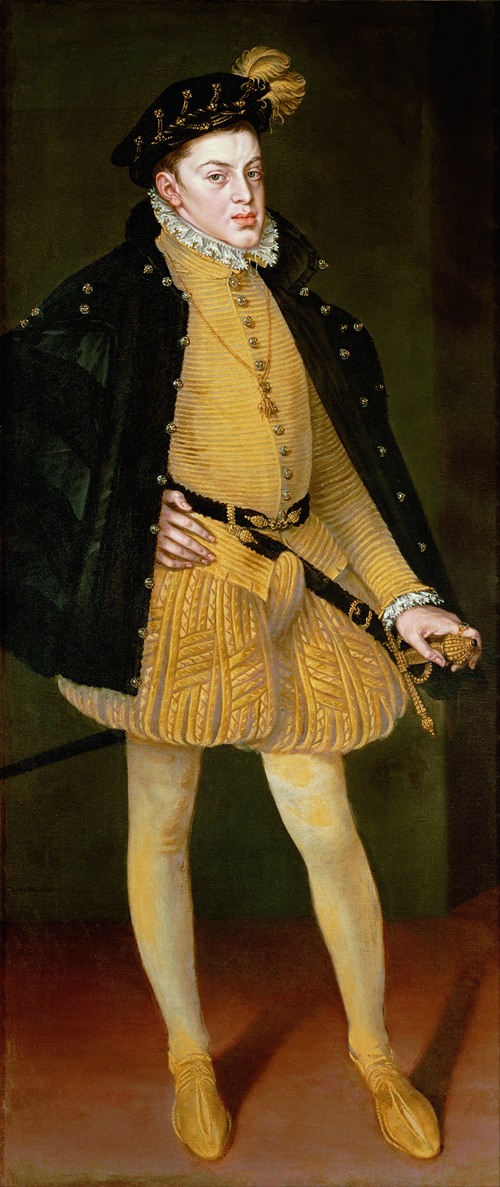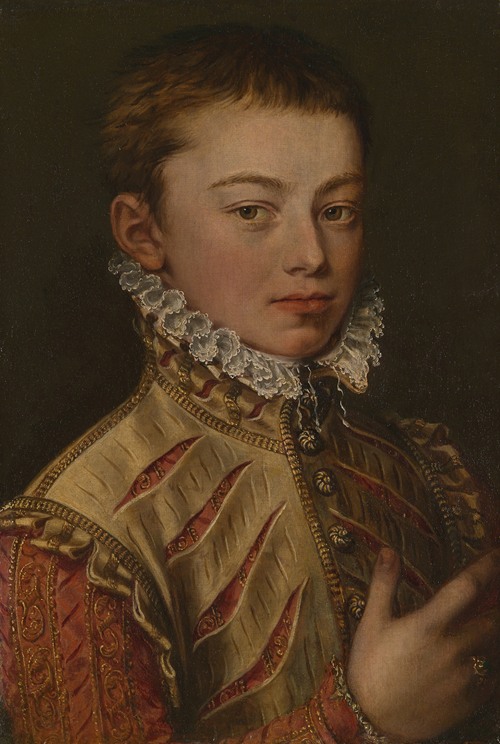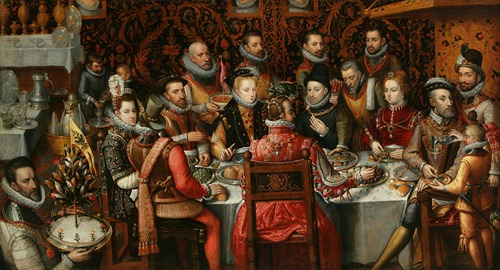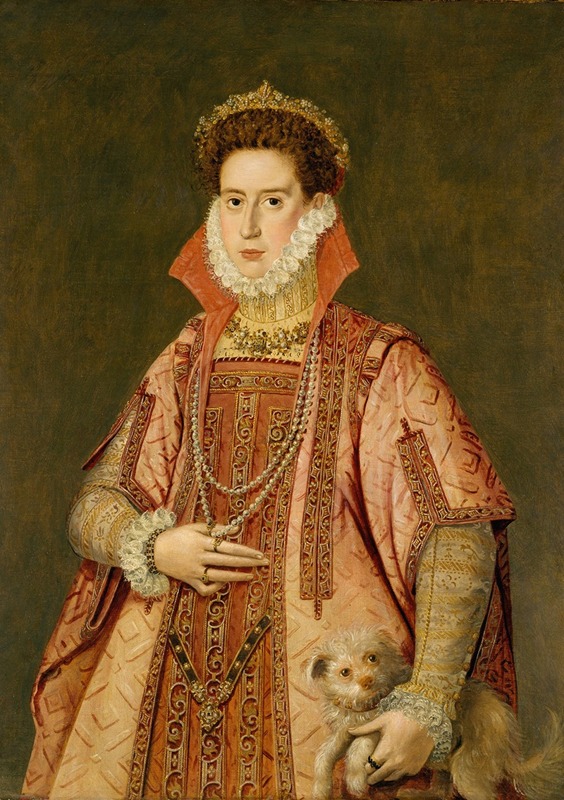
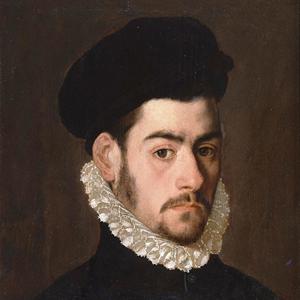
Alonso Sánchez Coello was an Iberian portrait painter of the Spanish and Portuguese Renaissance. He is mainly known for his portrait paintings executed in a style which combines the objectivity of the Flemish tradition with the sensuality of Venetian painting. He was court painter to Philip II.
Alonso Sánchez Coello was born in Benifairó de les Valls, near Valencia in Spain. He spent his childhood there until the death of his father when he was around ten years old. He left for Portugal c. 1541 or 1542 to live with his grandfather, who was then in the service of the Portuguese monarchs and had been raised to the Portuguese nobility. Coello's years in Portugal and his family name of Portuguese origin led to a long-standing belief that he was in fact Portuguese. His grandfather's master King John III of Portugal sent the young painter to study with Anthonis Mor (also known as Antonio Moro) in Flanders around 1550. He came under the protection of Antoine de Granville, bishop of Arras, who was also a patron of Mor.
In 1552, the painter went to Lisbon with Anthonis Mor when Charles V commissioned Mor to paint the Portuguese royal family. For a few years, Sánchez Coello remained in Portugal working for the court of the heir to the throne, João Manuel, Prince of Portugal. After the prince's death, Sánchez Coello moved to the Spanish court of Philip II, having been recommended by the widow of John, Juana, who was the sister of the Spanish king. In 1555, Sánchez Coello was in Valladolid working for the Spanish court.
Sánchez Coello became Court Painter in 1560. Sánchez Coello married Louisa Reyaltes, a daughter of a silversmith, in either 1560 or 1561 in Valladolid. The couple had seven children. Coello's daughter, Isabel Sánchez (1564–1612), became a painter. She studied and helped in her father's workshop. The painter moved with the court to Toledo and finally settled in Madrid in 1561. Coello worked on religious themes for most of the palaces, particularly for El Escorial, and larger churches. Philip II held him in high esteem and was godfather to two of his daughters. The painter spent the remainder of his life at the court, becoming a personal favourite of the king and acquiring honours and wealth.
Among his disciples were Juan Pantoja de la Cruz and Felipe de Liaño. Lope de Vega praised Coello in his work Laurel to Apolo. Alonso Sánchez Coello died in Madrid on 8 August 1588.



